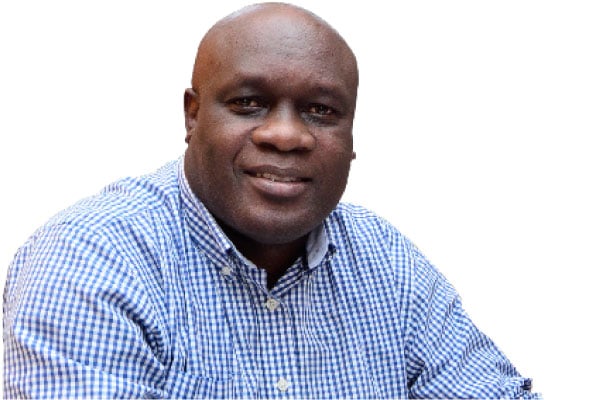
Writer: Odoobo C. Bichachi. PHOTO/COURTESY
This year’s World Press Freedom Day (WPFD-2024) is only a fortnight away. It falls on May 3, 2024. The theme is: “A Press for the Planet: Journalism in the face of the Environmental Crisis.” This year’s theme departs from the usual focus on what is happening to journalists and journalism, especially in terms of safety [this is very important], and instead focuses on what journalists and journalism can do in the face of climate change and its disastrous consequences.
There is already a deliberate focus on environmental stories in the media across the world. Daily Monitor, for instance, has in recent weeks been running a regular series of climate change stories. That is good.
While the media has consistently published environment and climate change stories for years, there have been a lot of perceived limitations in telling the stories well. One of the reasons for this is perhaps summarised by Sahana Ghosh at Nature India (see “To help journalists cover rising temperatures, newsrooms need to start with climate literacy” – Reuters Institute’s climate project).
She writes: “…there is a clear need for climate literacy in newsrooms. Without it, journalists cannot counter climate misinformation and disinformation, or provide good information to our audiences. Worse, without climate literacy, journalists risk spreading misinformation themselves, or promoting supposed “silver bullet” solutions that won’t truly address rising emissions or extreme heat… Climate literacy means knowing what dots to connect across science, politics, and business, and avoiding drawing inaccurate conclusions when it comes to climate attribution and scientific accuracy.”
The story, “Lake Victoria water level rises to 14 metres – experts” (Daily Monitor, April 10) and the accompanying cover photograph illustrate the issues raised by Ms Ghosh. What does it mean, for instance, for Lake Victoria water levels to rise to 14 metres from 13.22 metres?
An average reader is left confused as to whether this means the depth of the water in the lake is now 14 metres or there has been a rise of one metre? Or is this by some measure at a given point? Lake Victoria levels are scientifically monitored at Jinja, Kisumu and Mwanza. Note, also, that Lake Victoria is 83 metres deep at its deepest point, and averagely 44 metres and shallow at the shores. So while the story accurately quotes the experts, it does not bring out the context, or paint a clear picture on the status of the water level in the lake. This is perhaps because the journalists did not interrogate the experts from a point of knowledge which would in turn enable them to ask follow-up questions and give this important story the coherence it deserves. As we head towards WPFD and commit ourselves to telling more stories about climate change and environmental degradation, newsrooms need to invest in “climate literacy” so journalists have solid background from which to cover this important subject with coherence, authority, and clarity.
*****
Readers have their say
Eng. George Mabweijano: Since my last correspondence regarding puzzles, you have been doing well. But alas, it couldn’t last! In today’s edition of the Daily Monitor, Standard Puzzle No. 1964, the clues do not match the grid. For example, the clue for 5 across suggests a 9 - letter word, but there is actually no 5 across! Instead, there is 1 across, with 5 spaces. The clue for 8 across calls for an 11 - letter word, but on the grid, 8 across has only 5 spaces. I will continue to point out these errors until you get it right.
Name withheld: Although as a medical doctor I enjoy reading Dr Sylvester Onzivua’s articles, I find their repetition repulsive.
Joseph van Eijndhoven: Kudos for your reporting on the Shs400m per day spending of the speaker (See, “Junior Parliamentary staff received billions of shillings on Speaker’s behalf” – Daily Monitor, March 6). This may be an opportune moment to write a report about the wheeling and dealing that goes on in Kenyan politics. Am sure your colleagues at Daily Nation will tell you that “corporate social responsibilities” as practiced by the Speaker are the core of Kenyan party politics.
It seems Uganda is now informally doing what Kenya has “formalised” in the party structures where many small parties cater for the local interests of their respective district or tribe.
Send your feedback/complaints to
call/text on +256 776 500725.
